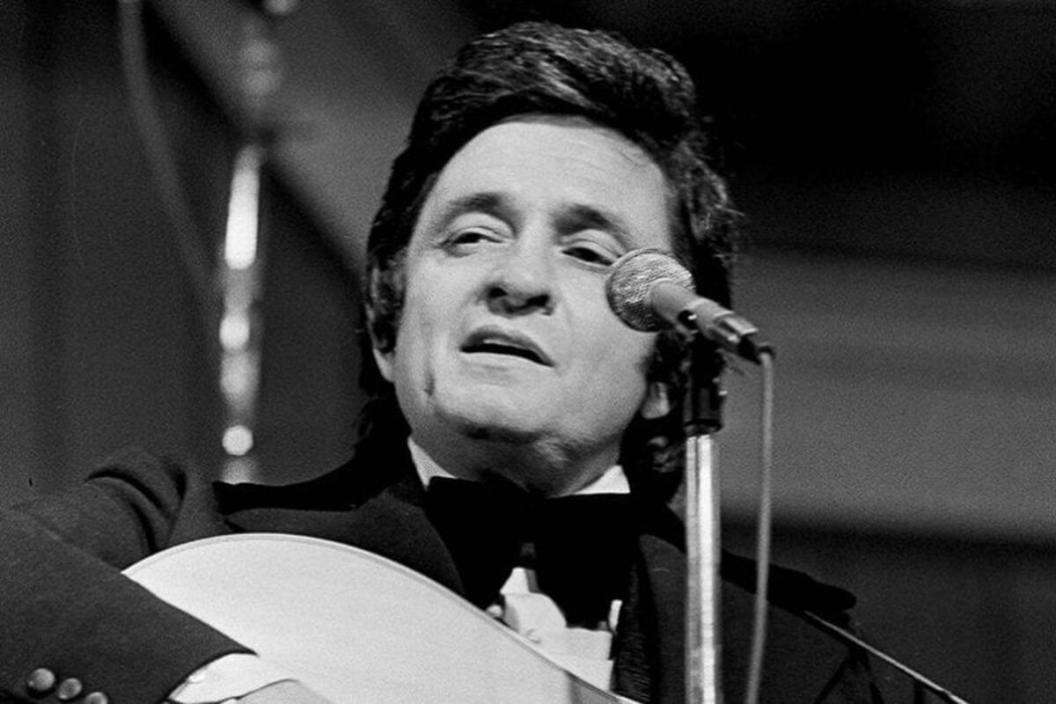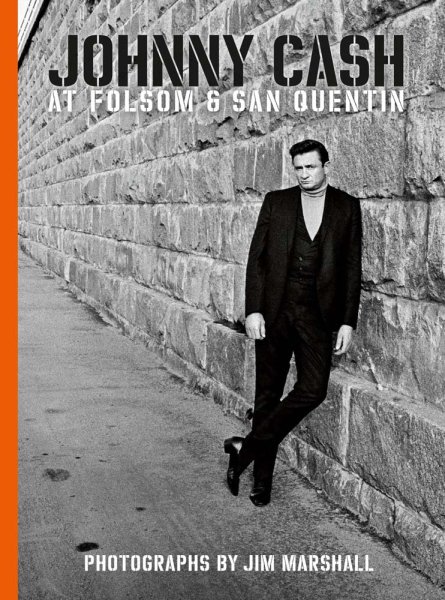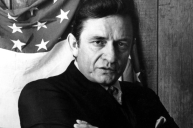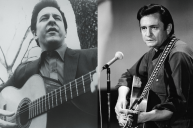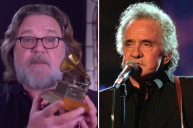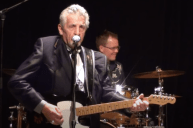In 1969, just one year after furthering his proto-punk and outlaw image with famed live album At Folsom Prison, Johnny Cash visited another California correctional facility. His February concert at San Quentin State Prison near San Francisco was filmed by Granada Television from the UK and recorded for the CBS/Columbia Records album At San Quentin. While it lacks the emotional impact of Cash singing "Folsom Prison Blues" to the men serving time at the song's namesake (including young Merle Haggard), At San Quentin remains a career-high point and a key reason why "A Boy Named Sue" became one of his best-known songs.
Videos by Wide Open Country
Confusingly, there are different track listings on various re-releases. The song titles and performance descriptions used here reflect the 2006 Legacy Edition, issued by Sony and featuring 31 tracks on two CDs. That count includes selections by opening acts Carl Perkins, the Statler Brothers, and the Carter Family. It features Cash songs not on prior versions, including "Big River," "I Don't Know Where I'm Bound" and "I Still Miss Someone."
A Successful Sequel
At San Quentin is part of Cash's series of "prison albums"--including not just the Folsom Prison concert but also the 1973 Pa Osteraker album recorded in Sweden, and A Concert: Behind Prison Walls, from a 1974 appearance at the Tennessee State Prison. Through this lens, it's hard to not consider At San Quentin to be one of the two greatest sequels among country albums, putting it in the rare company alongside the second volume of the Nitty Gritty Dirt Band's Will the Circle Be Unbroken.
"My Name Is Sue! How Do You Do?"
The album features some great live versions of Cash classics -- a rowdy take on "Wreck of the Old 97," a textbook example of his classic "Jackson" duet with June Carter Cash, a light-hearted version of "Starkville City Jail" that had the audience in stitches, a cover of Bob Dylan's "Wanted Man" and a mighty good closing medley of "Folsom Prison Blues," "I Walk the Line," "Ring of Fire" and "The Rebel." What makes the album unique, though, is the Grammy-winning live cut of Shel Silverstein's "A Boy Named Sue"--a then-new addition to Cash's repertoire and an unlikely crossover hit on the Billboard Hot 100 chart.
Read More: Country Classics Revisited: Johnny Cash's 'I Walk the Line'
The Outlaw's Prayer
Much of Cash's outlaw image, which got embellished during his American Recordings comeback, traces back to his prison albums. The famous picture of him flipping the bird at a camera operator feeds those conceptions, as well. A member of the Granada crew captured that iconic photograph, adding as much to the Man in Black myth as the album itself.
Yet despite his gruff exterior, Cash always found a way to share his faith through music. His trip to San Quentin reflects this, with the set including an all-star performance of Perkins' "Daddy Sang Bass" with the Statlers and Cash's own "He Turned the Water Into Wine," plus "(There'll Be) Peace in the Valley" and an upbeat, rockabilly-style take on "The Old Account Was Settled Long Ago." Only the Million Dollar Quartet itself--featuring Cash, Perkins, Jerry Lee Lewis and Elvis Presley--cut finer gospel songs in the name of country music and rock 'n' roll than Cash and his 1969 supporting cast.
This story was first published in 2018.
Now Watch: 1o Things You Didn't Know About Johnny Cash
[sweeps]
